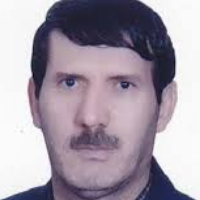Comparison of the effectiveness of art-play therapy and mindfulness training on the creativity of male elementary school students
One of the cognitive skills of children is creativity. Creativity is a complex type of cognition that involves countless processes (Takeuchi & Jung, 2019). Creativity is a psychological process that leads to problem solving, idea generation, conceptualization, art formulation, and theorizing that is innovative and unique (Nazari & Yazdanseta, 2019). Given today's conditions and the daily advancement of technology, it is thought that education should only focus specifically on employing and training people to use these technologies properly. But just owning and using these technologies does not help people in the world today and in the future. Today, the important issue is to train people who can acquire different types of thinking skills and face the changes that they face every day, and make appropriate decisions with the help of these skills (Badri Gargari & et al. 2014). Play and art, due to their relevance to childhood, have received more attention from psychologists and researchers in the field of creative development. By engaging children in fun, entertaining, and enjoyable activities, children can be well helped to break free from cognitive and social inhibitions and develop their cognitive abilities. Games and artistic activities such as painting and storytelling, theater and drama are a series of enjoyable, optional, childcentered, motivational activities involving flexibility in choosing and using an object (Landreth, 2012). Mindfulness is a method of education that is increasingly used. This treatment is a special type of short-term and immediate treatment that motivates and interested people who have just entered training or people who are in training (Crane, 2013). The goal of mindfulness is for people to become aware of their thoughts, feelings, and bodily senses and to communicate differently with them. Through mindfulness and sitting meditation exercises focusing on breathing as well as cognitive skills training, they are provided with the opportunity to automatically detect the activity of their dysfunctional cognitive processes (Piet & Hougaard, 2011).
- حق عضویت دریافتی صرف حمایت از نشریات عضو و نگهداری، تکمیل و توسعه مگیران میشود.
- پرداخت حق اشتراک و دانلود مقالات اجازه بازنشر آن در سایر رسانههای چاپی و دیجیتال را به کاربر نمیدهد.


